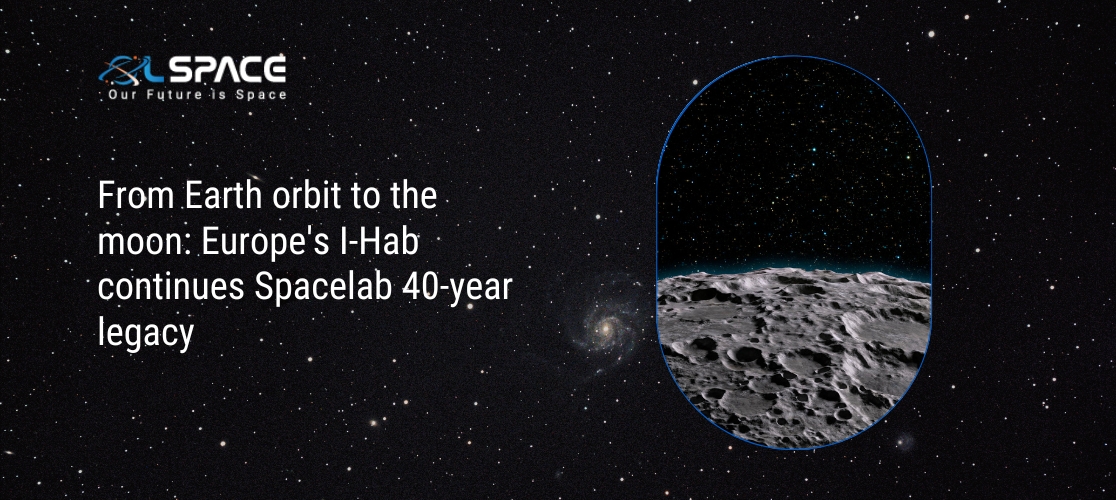04 December 2023
From Earth orbit to the moon: Europe’s I-Hab continues Spacelab 40-year legacy

Four decades after Europe’s first pressurized space module lifted off into space, Spacelab is inspiring a new generation of lunar-based pressure vessels.
A legacy of European-built and operated space modules, which began in Earth orbit and is now heading for the moon, got its start 40 years ago this week.
From the first launch of Spacelab, a pressurized laboratory that rode in the payload bay of a NASA space shuttle, on Nov. 28, 1983, to Columbus, one of the main modules of the International Space Station, to I-Hab, an element of the Artemis Gateway station to be deployed in lunar orbit in the coming years, all have a common heritage — hardware that was built and assembled in Europe.
“The industrial legacy of Spacelab is clear,” stated the European Space Agency (ESA) in a feature article published on its website on Tuesday (Nov. 28). “The companies involved have changed names several times since the 1970s, but pressure shells are still being machined from space-grade aluminum-copper alloy 2219 in Turin, Italy in premises run today by Thales Alenia Space.”
Further integration work is today done in an Airbus Defense and Space facility in Bremen, Germany, the same halls that were used to bring together Spacelab four decades ago
- Department for Trade and Investment
- AusIMM
- Austmine
- CORE
- Hughes PR
- IMARC
- University of Adelaide and
- UniSA
